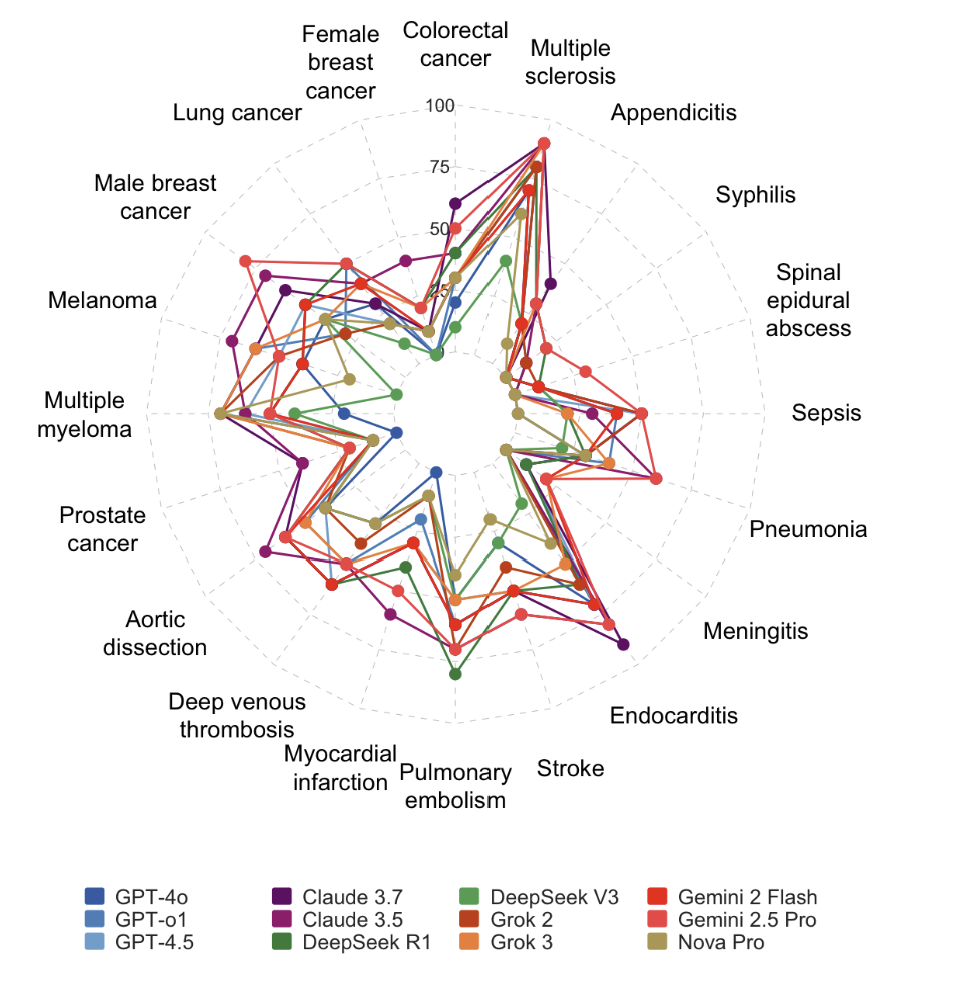“What I cannot create, I do not understand.” - Richard Feynman. This is especially true for sequential data, where context and order are everything.
While standard neural networks and CNNs are powerful, they have a major limitation: they assume all inputs are independent of each other. This makes them unsuitable for tasks involving sequences, where the previous data point heavily influences the current one. Think of language: the meaning of a word often depends on the words that came before it.
This is where Recurrent Neural Networks (RNNs) shine. They are designed to recognize patterns in sequences of data, such as text, speech, or time-series data.
The Power of Memory: The Hidden State
The key feature of an RNN is its “hidden state,” which acts as a form of memory. As the RNN processes a sequence, it passes information from one step to the next.
Imagine reading a sentence. You don’t just understand each word in isolation; you remember the previous words to build a coherent understanding. An RNN does something similar. The hidden state at each step is a function of the input at that step and the hidden state from the previous step. This internal loop allows the network to maintain a “memory” of the sequence it has seen so far.
This makes RNNs perfect for:
- Natural Language Processing (NLP): Machine Translation, Sentiment Analysis, Text Generation.
- Speech Recognition: Converting spoken language into text.
- Time-Series Prediction: Forecasting stock prices or weather patterns.
A Simple RNN in Python with Keras
Let’s look at how to build a basic RNN model using TensorFlow/Keras. This model could be used for a simple sequence prediction task, like predicting the next character in a sequence.
import tensorflow as tf
from tensorflow.keras.models import Sequential
from tensorflow.keras.layers import Embedding, SimpleRNN, Dense
def build_simple_rnn(vocab_size, embedding_dim, rnn_units, batch_size):
"""
Builds a simple RNN model.
"""
model = Sequential([
# Embedding Layer: Turns positive integers (indexes) into dense vectors of fixed size.
# e.g., [[4], [20]] -> [[0.25, 0.1], [0.6, -0.2]]
Embedding(vocab_size, embedding_dim, batch_input_shape=[batch_size, None]),
# SimpleRNN Layer: The core of the RNN.
# It processes the sequence of embedded vectors.
SimpleRNN(rnn_units,
return_sequences=True, # Returns the full sequence of outputs
stateful=True), # Maintains the state between batches
# Dense Layer: A standard fully-connected layer to produce the output.
# It predicts the next character in the vocabulary.
Dense(vocab_size)
])
return model
# Define some example parameters
VOCAB_SIZE = 10000 # Size of our vocabulary (e.g., number of unique words or characters)
EMBEDDING_DIM = 256
RNN_UNITS = 1024
BATCH_SIZE = 64
# Build the model
rnn_model = build_simple_rnn(
vocab_size=VOCAB_SIZE,
embedding_dim=EMBEDDING_DIM,
rnn_units=RNN_UNITS,
batch_size=BATCH_SIZE)
# Display the model's architecture
rnn_model.summary()Code Breakdown
EmbeddingLayer: In NLP, we can’t feed raw text to a neural network. The embedding layer converts our input (e.g., words represented by integer IDs) into dense vectors of a fixed size. These vectors capture the semantic relationships between words.SimpleRNNLayer: This is the main RNN layer. It iterates over the sequence of embedded vectors, maintaining its hidden state.return_sequences=True: This tells the layer to output the hidden state for each time step, not just the final one. This is necessary if we are stacking RNN layers.stateful=True: This allows the model to retain its state across different batches of data, which is useful when training on long sequences that are split into multiple parts.
DenseLayer: This final layer takes the output from the RNN and produces a prediction for each time step. In a character-generation model, the output would be a probability distribution over the entire vocabulary for the next character.
The Vanishing Gradient Problem
Simple RNNs can struggle with long sequences due to the “vanishing gradient” problem. During backpropagation, the gradients can become extremely small as they are propagated back through many time steps, making it difficult for the network to learn long-range dependencies.
To address this, more advanced RNN architectures like Long Short-Term Memory (LSTM) and Gated Recurrent Units (GRU) were developed. They use special “gates” to control the flow of information, allowing them to remember important information over much longer periods.
Conclusion
RNNs opened the door for deep learning to tackle a wide array of problems involving sequential data. While they have their limitations, they form the conceptual basis for more sophisticated models like LSTMs, GRUs, and the now-ubiquitous Transformer architecture, which powers models like GPT. Understanding RNNs is a crucial step towards mastering the world of natural language processing and time-series analysis.








